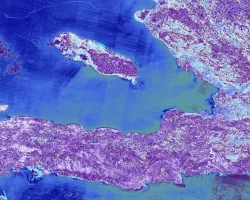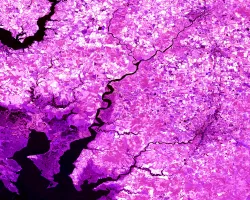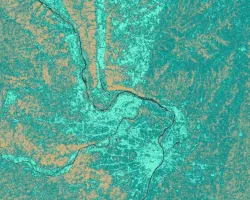Northeast Alaska Climate (2023 Spring)
Team: Kristin Anderson (Project Lead), Omeed Arooji, Isabella Chittumuri, Tom Germann
Summary: Alaska is experiencing climate change at an unprecedented rate, with temperatures increasing twice as fast as the national average. The resulting changes to the landscape and ecosystems are significant, including shorter winters, declining snow depth, thawing permafrost, and rapidly receding glaciers. These changes are not only exacerbating the negative impacts of oil exploration but also affecting the food security of indigenous communities that rely on resident wildlife as a subsistence food source. With the US Fish and Wildlife Service managing a potential tundra travel season for the first time in its history, adequate data on historic snow variables is essential to protect the unique habitat of the area. This project used NASA satellite and assimilation system data to inform and improve current understandings of snow patterns in the Arctic National Wildlife Refuge and the National Petroleum Reserve – Alaska. The DEVELOP team used MODIS Normalized Difference Snow Index data to determine snow season duration, snow change frequency, and first and last day of snow. The team also utilized the 2.1 Global Land Data Assimilation System and Daymet V4 products to study climatological trends in snow depth and snow water equivalent (respectively) across the study areas. This supports refuge manager and stakeholders’ efforts to increase public awareness of the effects of snow variability in Alaska that are caused by changing climactic patterns.



